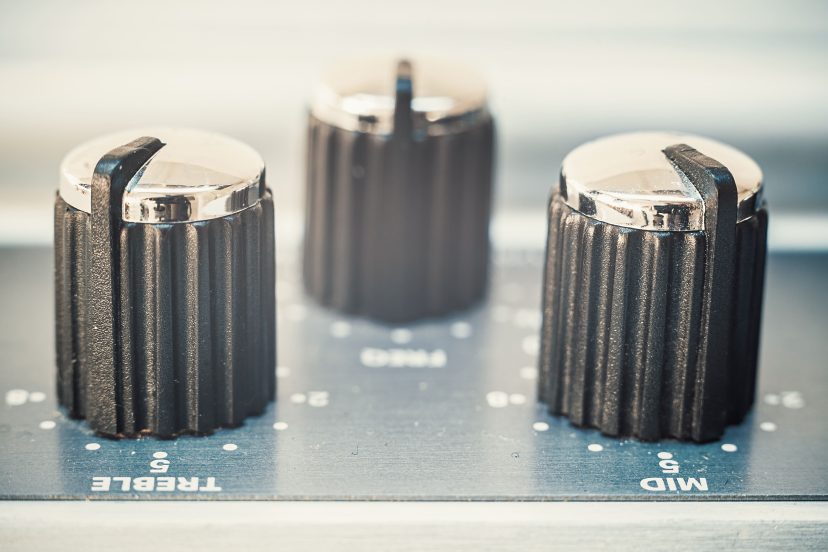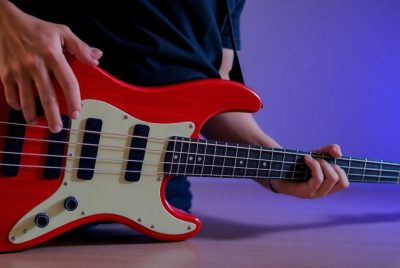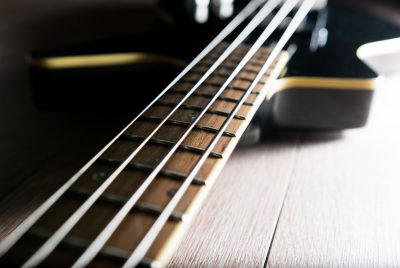Bass Delay Pedals: Unveiling the Magic
Lets dive into the rhythmic realms of bass guitar effects, particularly the mesmerizing world of bass delay pedals. As a self-confessed pedal junkie, I want to share with you the ins and outs of these sonic wonders and how they can catapult your bass lines into new dimensions.
What is a Bass Delay Pedal?
Simply put, a bass delay pedal records your bass line and plays it back at an interval you set, creating an echo or a series of echoes. This can thicken up your tone, create atmospheric layers, or add a rhythmic complexity that’s downright groovy.
The Anatomy of a Bass Delay Pedal And Key Components Explained
Curious about what goes on under the hood? Let’s break it down. Every bass delay pedal has a few basic controls: Delay Time, Feedback, Mix, and sometimes a Modulation option. These knobs are your toolkit for sculpting your perfect delayed bass sound.
Understanding Controls and Features
Delay Time sets the interval between repeats, Feedback controls the number of echoes, and Mix adjusts the balance between the effected and dry signal. Modulation can add a chorusing effect to the delay, making it even more lush.
Choosing the Right Bass Delay Pedal And Analog vs. Digital Delay Pedals
The market is flooded with options, so how do you choose? Analog delays have a warm, vintage vibe due to the way they process the signal. Digital delays are crisp, clean, and can offer more versatility. Your choice depends on the tone you’re after.
Factors to Consider Before Purchasing
Consider the pedal’s tone, durability, footprint, and, of course, your budget. Think about the specific features you need for your playing style and the type of music you play.
Integrating Bass Delay into Your Sound And Creative Ways to Use Delay
Delay isn’t just for echoes; it can be used to create a pseudo-reverb effect, or even a rhythmic pattern that complements your playing.
Techniques for Live Performances
In a live setting, less is often more. Subtle delay settings can add a depth to your bass that fills out the band’s live sound.
Setting Up Your Bass Delay Pedal
Let’s get you plugged in and ready to groove and in the right place in bass pedal board..
Connection Tips
Place the delay pedal towards the end of your signal chain for the most pronounced effect.
Finding Your Signature Delay Sound
Experiment with different settings in the context of a full mix. Sometimes what sounds good soloed doesn’t work in a band setting.
The Slap-Back Echo
A short delay time with a single repeat can give your notes a snappy presence, especially in funk and rock.
The Ambient Soundscape
Longer delay times with higher feedback can create a wash of sound, perfect for ambient or worship settings.
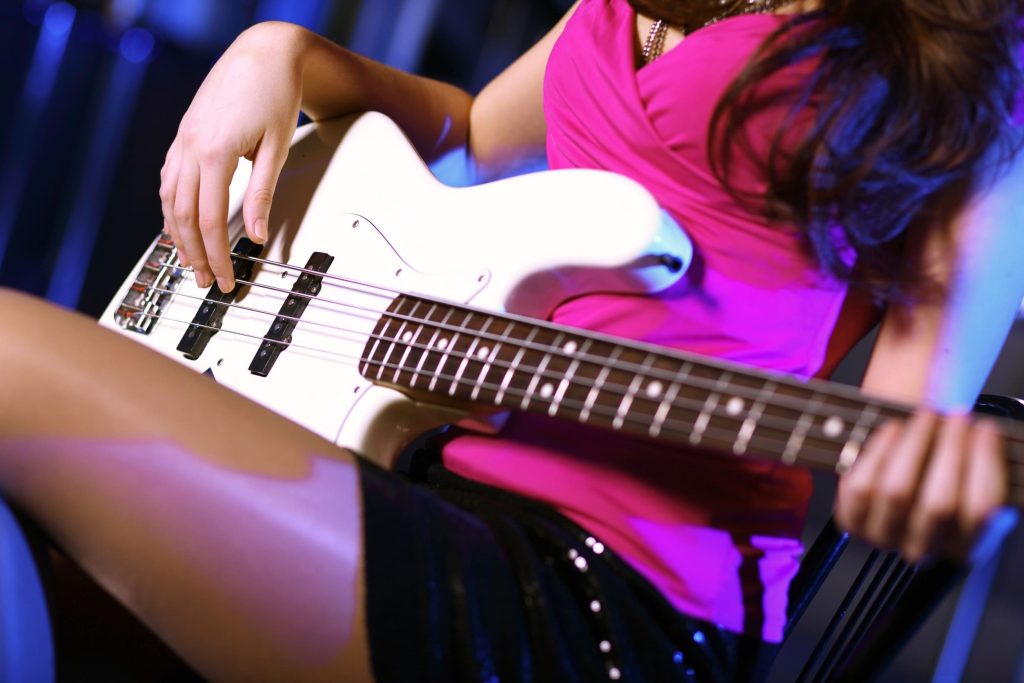
5 Top Models to Consider
Based my research, here are five top brands and descriptions of bass delay pedals that stand out for their quality, versatility, and distinctive features:
- MXR ILD169 I Love Dust Carbon Copy Analog Delay Pedal: This limited edition pedal, engineered by MXR/Jim Dunlop, shares the same electronics as the MXR Carbon Copy but with a unique outer design. It utilizes Bucket Brigade Technology, providing up to 600ms of delay with additional modulation. This pedal is celebrated for its high-quality delay effect, true bypass, and is suitable for anyone from weekend gig musicians to professional bassists【MXR】.
- MXR Carbon Copy: A straightforward, true analog delay pedal that delivers up to 600ms of delay. It is well-regarded for its organic and warm tonal characteristics. Despite being an analog pedal without the frills of digital counterparts, its quality and the lushness of its sound have made it a popular choice among many musicians, including professionals like Billie Joe Armstrong and Zakk Wylde【MXR】.
- Boss DD-7 Digital Delay: Offers a clean, long digital delay of up to 6.4 seconds and includes a 40-second looper. Boss is known for the durability and quality of their pedals, and the DD-7 is no exception. It’s highly versatile, with capabilities such as stereo output for sweeping effects and the option to connect an expression pedal. Its digital delay provides clearer tones compared to analog models and is adaptable for both live performances and studio recordings【Boss】.
- TC Electronic Flashback 2: Features innovative MASH technology, which alters parameters depending on the selected delay mode, offering a range of unique sounds. The pedal also supports TonePrint technology, allowing users to download and upload custom delay modes. It has stereo inputs/outputs, an analog-dry-through design for maintaining the integrity of the direct signal, and includes a looper with 40 seconds of record time. It’s a compact, versatile pedal that’s reasonably priced considering its extensive functionalities【TC Electronic】.
- Empress Effects Echosystem: Renowned for being one of the most comprehensive delay pedals on the market, offering a wide range of delay types across multiple variations. The Echosystem is continually improved through firmware updates, expanding its capabilities. It’s known for its user-friendly design and extensive range of delay options, making it an excellent choice for those seeking versatility and quality in their delay effects【Empress】.
Each of these pedals offers a unique set of features that cater to various musical styles and preferences, whether you’re looking for the warm, organic sounds of analog delays or the clear, versatile options provided by digital models.
Feedback Loops and How to Avoid Them
Too much feedback can cause a pedal to squeal. Keep the feedback level in check, and make sure your pedal is not picking up interference from other electronics.
Balancing the Effect with Your Dry Signal
Finding the sweet spot where the effect enhances without overwhelming is key. Your dry signal should always be the foundation.
Pedalboard Placement Tips
Position is crucial. Experiment with its placement relative to other pedals to see where it sounds best. Delay plays well with others. Try it before a reverb or after a fuzz for some truly epic textures. Keeping your pedal ticking like a metronome is as simple as keeping it clean, checking the cables, and updating firmware (if digital) can save you a lot of trouble. Quality pedals are an investment. Treat them right, and they’ll be part of your rig for years to come.
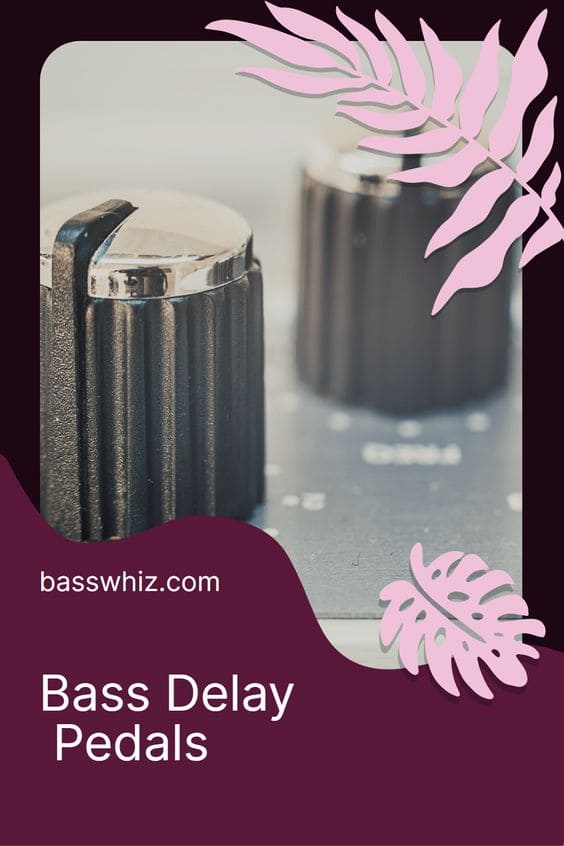
Conclusion: Why a Bass Delay Pedal is Essential
A bass delay pedal is not just an add-on; it’s a game-changer for your sound. It can be the difference between a good bass line and a great one. Whether you’re thumping out disco lines or laying down the groove in a metal band, a delay can add that extra something to your sound.
FAQs on Bass Delay Pedals
Can I use a guitar delay pedal for my bass?
Using a Guitar Delay Pedal for Bass: Yes, you can use a guitar delay pedal for your bass. However, there are some considerations. Guitar delay pedals are typically designed with the frequency range and dynamics of a guitar in mind, which differ from those of a bass. This means that while a guitar delay pedal will work with a bass, it may not optimally handle the lower frequencies, potentially leading to a less than ideal sound. Some bassists do use guitar delay pedals for unique tonal characteristics, so it’s worth experimenting to see if you like the sound.
Does a delay pedal come before or after the overdrive pedal?
Delay Pedal Placement in Relation to Overdrive Pedal: The placement of a delay pedal in relation to an overdrive pedal can significantly impact the overall sound. If the delay pedal is placed before the overdrive pedal, the delayed signals will be distorted, leading to a more aggressive and textured sound. Conversely, placing the delay pedal after the overdrive pedal will result in a clearer, more distinct echo effect since the overdrive won’t be affecting the delayed signal. The choice depends on the sound you are aiming for.
How do I prevent my delay from muddying up my bass tone?
Preventing Delay from Muddying Bass Tone: To prevent your delay from muddying up your bass tone, try the following:
- Use a subtle amount of delay. Less is often more, especially with bass.
- Adjust the mix/level control to ensure the delayed signal doesn’t overpower the original signal.
- Use a high-pass filter (if available) on the delay pedal to cut low frequencies from the delayed signal.
- Set shorter delay times or less feedback to avoid excessive overlapping of sounds.
Are there specific delay pedals for different genres?
Specific Delay Pedals for Different Genres: While there aren’t specific delay pedals exclusively designed for different genres, certain delay types and settings are more commonly used in specific genres. For example, digital delays with precise and clean repeats are often used in modern rock and pop, while analog delays with warmer, more organic repeats might be preferred in genres like blues and classic rock. Ultimately, the choice of delay pedal depends more on the desired sound and personal preference rather than the genre.
What’s the difference between tap tempo and preset delay times?
Difference Between Tap Tempo and Preset Delay Times: Tap tempo is a feature that allows you to set the delay time by tapping a button in rhythm with the music. This is useful for synchronizing the delay effect with a specific tempo live. Preset delay times, on the other hand, are fixed delay times that you can select, often via a knob. These are not as flexible as tap tempo but can be easier to use, especially if you don’t need to sync the delay time with a specific tempo. Tap tempo offers more on-the-fly control, making it ideal for live performance settings.

